31
2023
-
10
What are the maintenance requirements for a flexible hose?
Flexible hose are commonly used in various applications, including plumbing, automotive systems, and industrial settings. To ensure their longevity and proper functioning, it's important to follow some maintenance requirements. Here are some general guidelines:
Regular inspection: Perform visual inspections of the Braided gas hose to check for any signs of wear, damage, or leakage. Look for cracks, bulges, fraying, or corrosion. If any issues are found, immediate action should be taken.
Cleanliness: Keep the hose clean and free from dirt, debris, or chemicals that may cause damage. Regularly wipe the surface of the hose with a damp cloth to remove any accumulated dirt.
Avoid excessive bending or twisting: Flexible hoses have a maximum bending radius, and exceeding this limit can lead to kinks or permanent damage. Avoid sharp bends or twisting that could strain the hose.
Proper storage: When not in use, store the flexible hose in a dry, cool area away from direct sunlight and extreme temperatures. Avoid storing it near sharp objects or chemicals that could cause damage.
Avoid overstretching: Do not stretch the hose beyond its recommended limits, as it may lead to weakening or deformation of the hose material.
Use compatible fittings and connectors: Ensure that the fittings and connectors used with the flexible hose are compatible and properly installed. Incorrect fittings or loose connections can cause leaks or failure.
Follow manufacturer's recommendations: Different types of flexible hoses may have specific maintenance requirements provided by the manufacturer. Consult the manufacturer's guidelines for any specific instructions regarding maintenance, cleaning, or replacement intervals.
Replace worn or damaged hoses: If a flexible hose shows signs of significant wear, damage, or leakage, it should be replaced immediately. Continuing to use a compromised hose can lead to failure and potential hazards.


